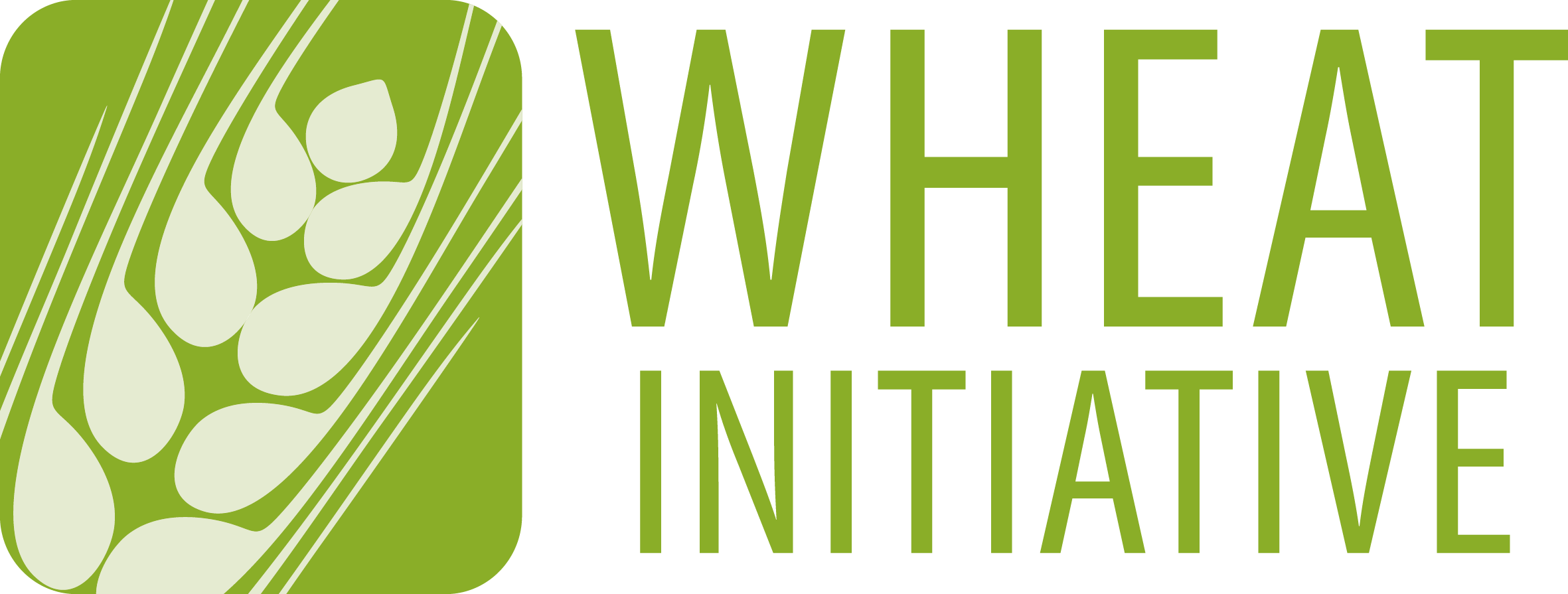“Suppression of resistance genes transferred between ploidy levels”
Abstract
Leaf rust, stem rust, and stripe rust are important diseases of wheat that can be controlled using host genetic resistance. There are different strategies to achieve resistance including discovering new, effective rust resistance genes that can be utilized by breeders to develop resistant cultivars. There are an array of sources that can serve as potential reservoirs of new genes including hexaploid wheat, progenitor species, and distant relatives. In some instances, genes are transferred to hexaploid wheat from a related species but the resistant phenotype is not expressed. Suppression can be a barrier to transferring resistance between species and ploidy levels. We will look at some examples of suppressors, and resistance that is suppressed when crossing ploidy levels. While there are examples of genes that prevent suppression (nonsuppressors), currently there is no “one stop shop” solution to circumvent all instances of suppression when transferring resistance genes to wheat.
Biography
Colin is a wheat geneticist with AAFC at the Morden Research and Development Centre in Morden, MB. He completed his Ph.D at the University of Manitoba in 2008 and joined AAFC in his current position in 2010. Colin’s program focuses on disease resistance genes including discovering new R genes, gene interactions, marker development, gene cloning, cytogenetics, and suppression of resistance. Away from work, Colin enjoys many activities such as coaching hockey, playing guitar, backpacking, and maintaining his backyard hockey rink (winter only, Manitoba does actually have summer).
The link to the webinar:
________________________________________________________________________________
Microsoft Teams Need help?
Meeting ID: 280 853 550 619
Passcode: Xd6Hv6C8
